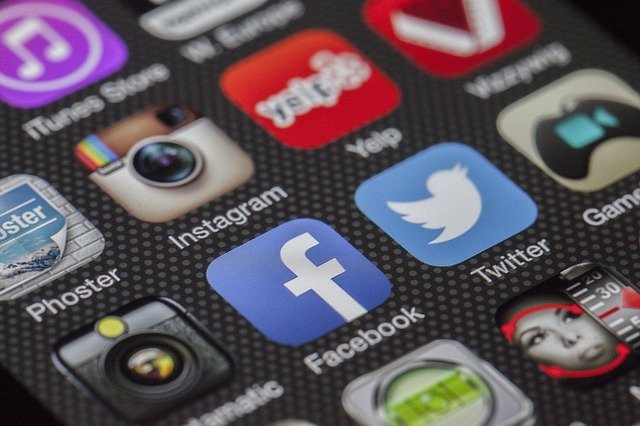Fast Fashion – the impact of influencers

Fast Fashion is compounded by the rise in influencers – we are constantly being pressured into having the newest trends even if we don’t necessarily want them. More than half of UK shoppers believe that social media influencers are behind the rise in fast fashion. Consumers no longer look towards glossy magazines or shop windows for fashion inspiration but instead look on social media or clothing apps.
Influencers have millions of followers who are easily influenced into wanting to look like them and dress like them. This effect contributes to the rise in disposable fast-fashion, inexpensive, mass-produced clothing designed to meet the latest trends. Influencers are never seen wearing the same outfit twice on social media, each event is another whole outfit and accessories. However, this sets unrealistic expectations for followers.

Influencers fuel our addictive nature to online shopping and fast fashion. Instagram has made it easier for influencers to make a profit as they can attach the link to purchase the outfit they are wearing. When the consumers click the link or swipe up the influencer earns commission on the purchase. Brands often give influencers a discount code that they share with their followers. This makes their followers feel as if they are getting a good deal and are more likely to invest into the products even if they didn’t need it in the first place. The influencers’ engagement rate is tracked and through the discount code they earn commission.
Consumers are not just swayed by the influencers’ posts but by adverts on social media too. 13 percent of people say that adverts have had an impact on their fashion-buying decisions, compared to 7 percent five years ago. This shows how when we see a new clothing style we immediately want to be part of it to keep up with the social trends.
Molly Mae, Love Island 2019 contestant, is an Instagram influencer. She has a high audience following with 3.5 million followers and an established credibility. Recently, she has teamed up with Pretty Little Thing (PLT) and released her own range. This has made the brand much more popular as her fans and followers will want to wear the clothes that she has created. At the age of 20, Molly became the new PLT brand ambassador picking up a huge pay cheque of £500,000. There was a massive demand for this collection with many sizes quickly selling out.
However, although PLT has been successful, it has had a backlash. Being a fast fashion brand, it makes cheap clothing with quick delivery and returns. Claims came out that their products could contain chemicals that can cause cancer, birth defects or other reproductive harm. PLT responded to this saying some of their products may contain lead. However, it is unlikely the amount present could cause harm.
So, for Molly Mae to be promoting the brand, making it more popular is not a good thing as it is contributing to environmental impacts and people feel as if they need new clothes when they could be reusing old ones.
Instagram is a social media platform which distorts reality, it portrays users ‘perfect’ lives and followers feel as they have to keep up with this. Our social circle has become bigger than it ever has been with the ability to follow and connect with as many people as we like. This is a positive but also has made social pressures higher as our social media accounts are judged by many. Images on Instagram are highly edited and curated to look a certain way. So, to compare yourself to Instagram influencers is not healthy as they have professional cameras, editing, photoshop to get the ‘perfect’ photo. We are constantly presented these carefully prepared photos from celebrities and influencers, making them biased and not a true representation of the real world.
Not all influencers use their platform for commercial gain. Renee Peters is an example of an influencer who tries to make a difference. Her post above captioned, “Buy nothing today” this is a very different kind of post to the normal influencer who is pushing for people to swipe up and purchase products. This will be refreshing on a user’s feed and stand out to consumers, which is good as it will make people pause and think. Fast fashion needs to be slowed down and actions on social media like this will help make people think twice before buying.
What can you do to make a difference?
When on social media you should stay aware that many influencers are promoting brands. It is their job to earn money and does not necessarily mean they actually wear the brand. Do not buy into the promotions which you may not need, instead think about how you can re-use outfits or buy from vintage stores. Follow more sustainable accounts, like Renee’s, to surround yourself with a more positive message and a truer view of the fashion industry.